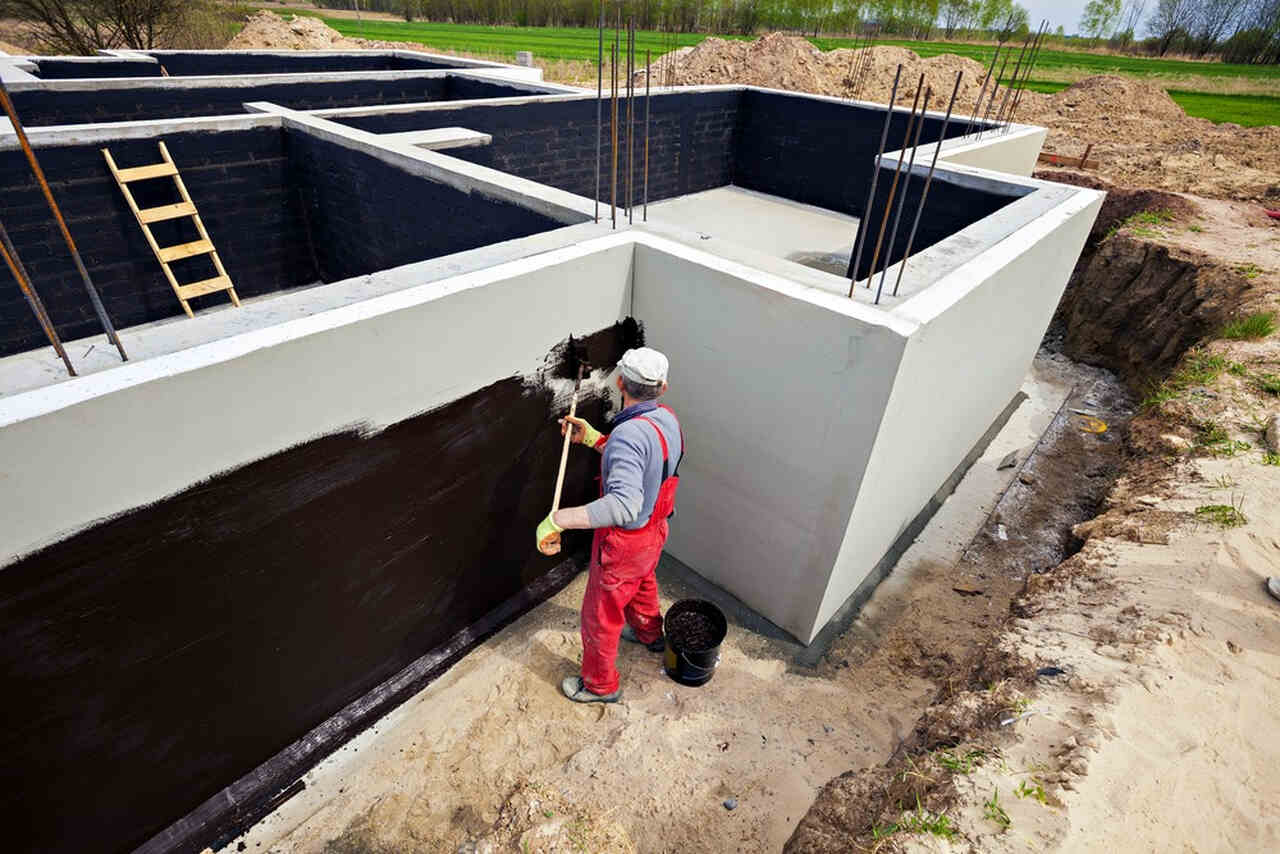Waterproofing solutions is a vital aspect of preserving the integrity and durability of every building or property. Whether you are a householder seeking to protect your property from the adverse effects of moisture or a contractor looking to create sustainable developments, understanding how to choose the appropriate waterproofing materials is essential. Water damage can lead to expensive repairs, mold growth , and significant problems, rendering efficient waterproofing a priority for all homeowners.
In this comprehensive guide, we will explore the various facets of waterproofing, from detecting the signs that your property needs waterproofing to grasping the variations between interior and outdoor methods. We will also look into the widespread misconceptions surrounding waterproofing, enabling you to make educated choices. With the right knowledge and products, you can protect your property from water-related problems and avoid thousands in subsequent repairs.
Understanding the Importance of Moisture Protection
Waterproofing is essential for every home as it protects structures from damaging water exposure, which can lead to expensive fix-ups and substantial loss of property value. https://browneshoemaker.livejournal.com/profile does not only pose a risk to physical integrity but also to the health of occupants, as moisture can cause fungal growth and mildew growth. By adopting efficient waterproofing measures, property owners can create a robust defense against the detrimental effects of water.
Neglecting waterproofing can be a costly mistake. The concealed damage from leaks can lead to extensive repair bills that far outstrip the initial investment in waterproofing materials and solutions. For instance, neglected moisture issues in crawl spaces can compromise the foundation, resulting in significant structural problems. Thus, understanding the imperative nature of waterproofing can preserve you considerable amounts of dollars in the time ahead.
Moreover, waterproofing contributes to energy savings in buildings. When exteriors, roofs, and basements are adequately waterproofed, they help maintain consistent indoor temperatures, reducing the necessity for overly high heating or cooling. This not only reduces power expenses but also improves living conditions. Furthermore, a carefully shielded property is more resilient in adverse weather conditions, ensuring enduring defense for your investment.
Main Points In Terms Of Choosing Waterproofing Solutions
As you selecting waterproofing products, the first key consideration is the specific area you need to protect. Various surfaces, such as cellars, roofs, and washrooms, have unique needs. For instance, basement waterproofing often needs solutions that can handle hydrostatic pressure, while roof waterproofing demands products that withstand UV damage and temperature fluctuations. Identifying the exposure levels and moisture conditions of the area will help in choosing the most effective product.

A further important factor is the kind of materials used in the waterproofing solution. Look for high-quality materials that offer durability and longevity. For example, membranes and coatings should be adaptable enough to adapt to building movement while maintaining a solid barrier against water penetration. Additionally, consider whether you prefer a solvent-based, water-based, or cementitious solution, depending on the desired application and ecological impact.
Lastly, the ease of application is crucial. Some waterproofing solutions are designed for DIY use, while some may require professional installation. Think about your skill level and whether you have the tools needed for the job. It’s also smart to assess the manufacturer’s instructions and recommendations regarding application conditions, such as temperature and humidity, to ensure best performance.
Frequent Waterproofing Techniques and Strategies
In the context of defending your property from water damage, there are various efficient waterproofing techniques to consider. One widely-used method is the application of impermeable membranes, which form a barrier that prevents liquid from penetrating materials such as basements, walls, and ceilings. These membranes can be made from different materials, including rubber, asphalt, or PVC, and are suitable for both inside and exterior applications. Proper installation is vital to ensure that these membranes perform effectively, thus safeguarding your home from seepage and penetration.
A different effective technique is the use of sealant materials and protective layers. These products are coated directly to surfaces and act as a protective layer against moisture. For instance, waterproofing coatings can be used to surfaces and ceilings to prevent fungus and mildew growth proliferation, particularly in bathrooms and cooking areas. Moreover, elastomeric coatings are superb for flat roofs, providing adaptability and durability to withstand extreme weather conditions while keeping water out. Picking the appropriate sealant for each specific area of your house is essential to ensure durability and enhanced protection.
For outdoor structures, consider putting in drainage systems and gutters to redirect moisture away from your property. French drains, submersible pumps, and gutter drains can efficiently reduce the risk of water pooling around bases and basements. Alongside with proper grading of the ground, these drainage solutions limit the risk of water intrusion. Utilizing a multifaceted approach with these methods ensures sustained protection against liquid damage, ultimately saving you from high-priced repairs in the future.
